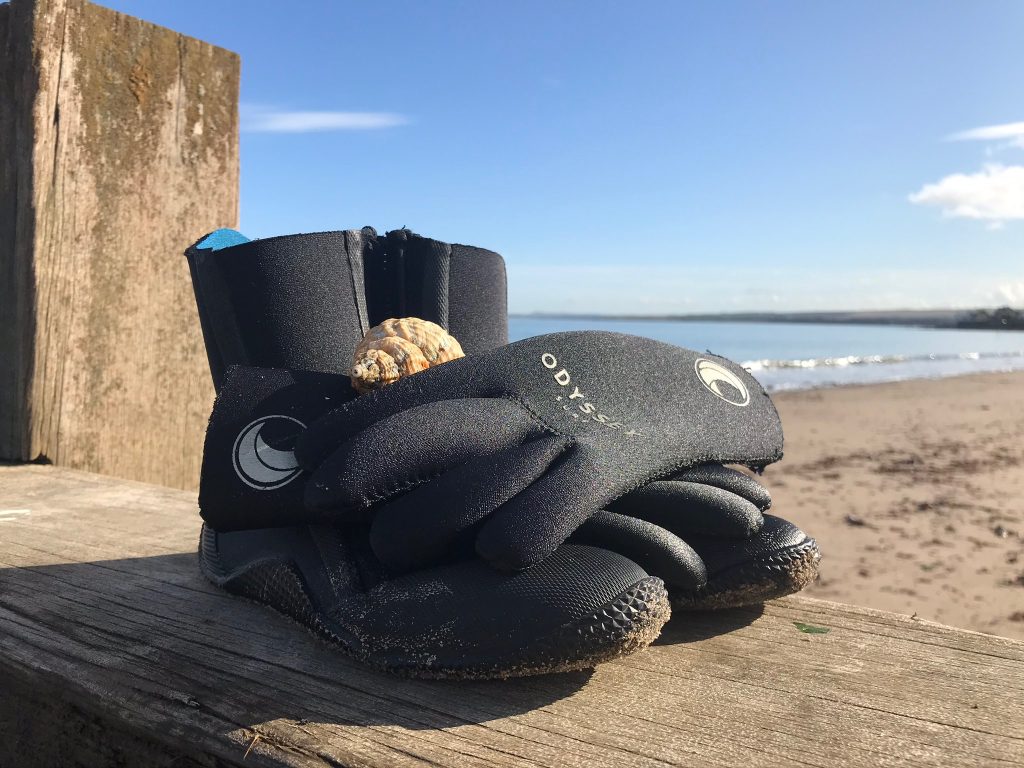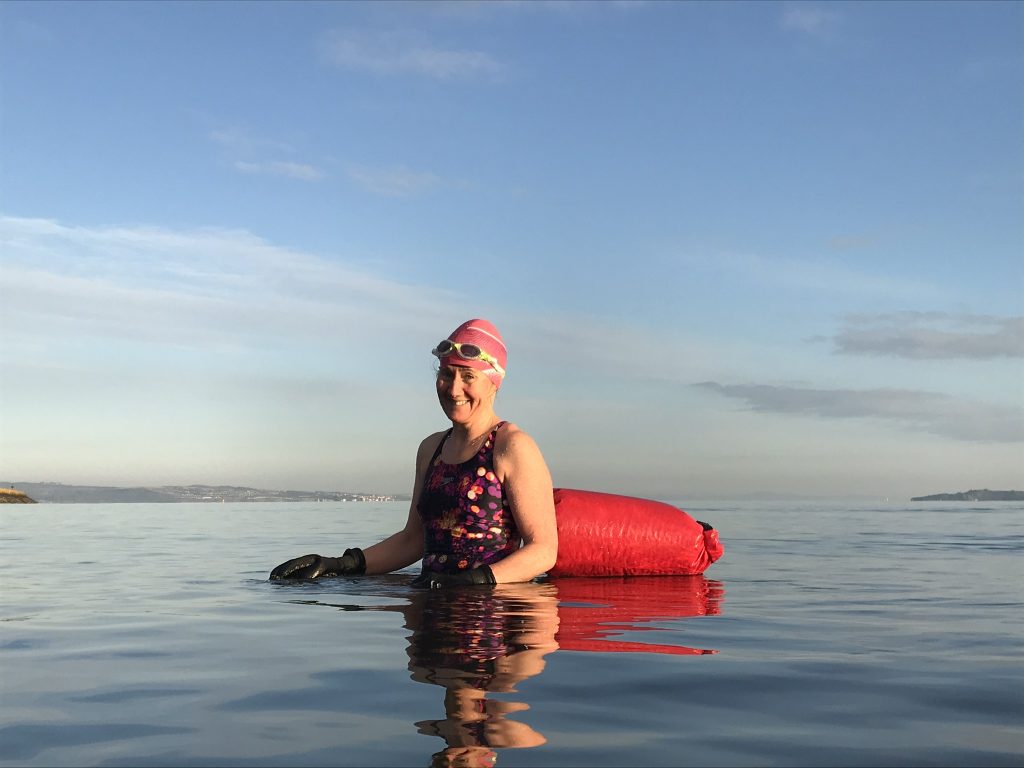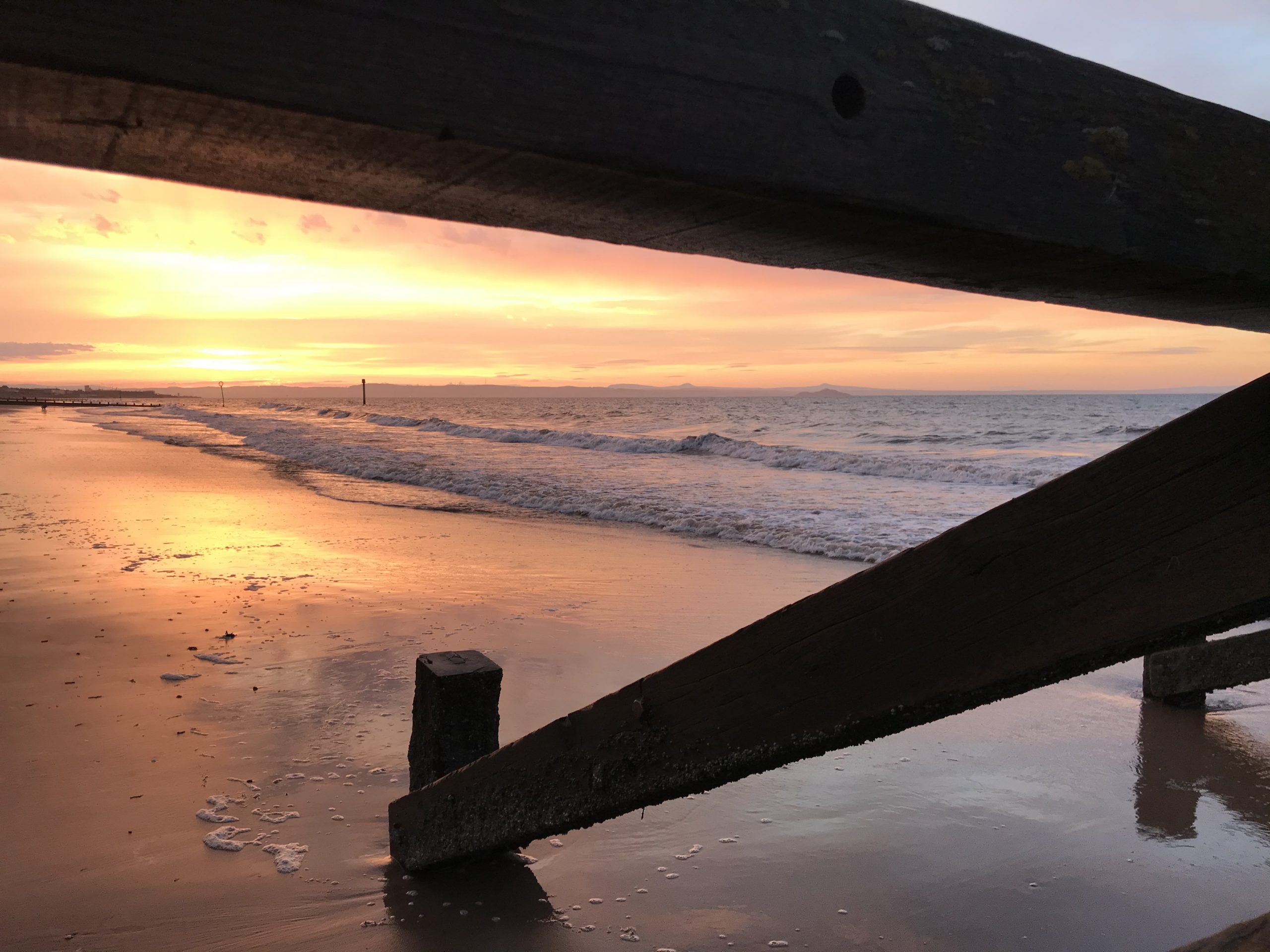Almost all the water around the Scotland will be below 15 degrees for most of the Summer, so these tips are worth teaching to your family and maybe even practicing. You should try to avoid jumping into Cold Water without first acclimatising to the temperatures of the day – even the young and bravest of you!

Stay Safe in the water this Summer
The main dangers can be mitigated by some quick and careful research, and information should be gathered on;
- Weather Conditions
- Wind Conditions
- Air Temperatures
- Tidal Conditions
With careful considerations of these factors combined with correct kit and good entrance and exit procedures you can ensure you have the best chance of a safe and enjoyable swim. Where to get this information and what to do with it?
I use the BBC Weather app for a general overview of what the weather is likely to be on a day to day basis. I pay attention to the overhead conditions, wind speed and wind direction. The wind speed affects what the air temperature feels like, especially if you are wet and walking back to your kit.
Wind direction is also worth noting, at Portobello beach an Easterly or a North Easterly is a cold biting wind and can make for an unpleasant experience. On the other hand, an off-shore wind, here blowing South / South-West, interestingly tends to create flatter conditions. This means that as a swimmer, an off-shore wind maybe more pleasant to swim in.





Tides and Kit
The height of the tide and whether it is going out or coming in will also be a consideration for where you leave your kit – you don’t want to come back from your swim to find it floating away!!!!
The tides are a major consideration for sea swimming, although at Portobello your safety is not really affected by the tides, your enjoyment may well be. Low tide at Joppa results in a long slow walk out towards Fife – over a disgusting band of rocks and sludge. However, in other locations around the East Coast you should make yourself aware of any strong tidal changes and potential Rip Currents.

Rip Currents
Account for 70-80% of all required sea rescues around the UK.
Although in themselves rip currents are not dangerous, the lack of awareness of what to do, should you get caught in one, is the concern.
The rip is an out flowing of water from the beach, as the incoming water, attempts to find its level. It can appear to be a calm, in the midst of the incoming waves, and can look appealing to a swimmer.
If caught accidentally in an outgoing rip, it takes a great deal of courage to swim out further, or even hold on to your tow float and drift. Drifting or swimming out with the flow is the thing to do, until it abates and you can exit the flow at a 45’ angle, before finding those incoming waves to slide back in to the shore.
If, like me, you prefer a sea swim in reasonably flat water then another excellent app, which is for surfers, and has not long ago added Portobello beach is the Surfline App. It gives the predicted surf for the beach, so you can choose a day or time of day that is “Flat” to 1ft waves.
You should always;
Check your swimsuit or wetsuit, footwear and gloves for living organisms.
Clean and wash all equipment that you have used thoroughly. Try to have a bottle of water to wash them at the location so that any organisms can be left in situ. However you should still wash them again when you get home.
Dry all of your equipment and clothing as some organisms can live for days in damp conditions.